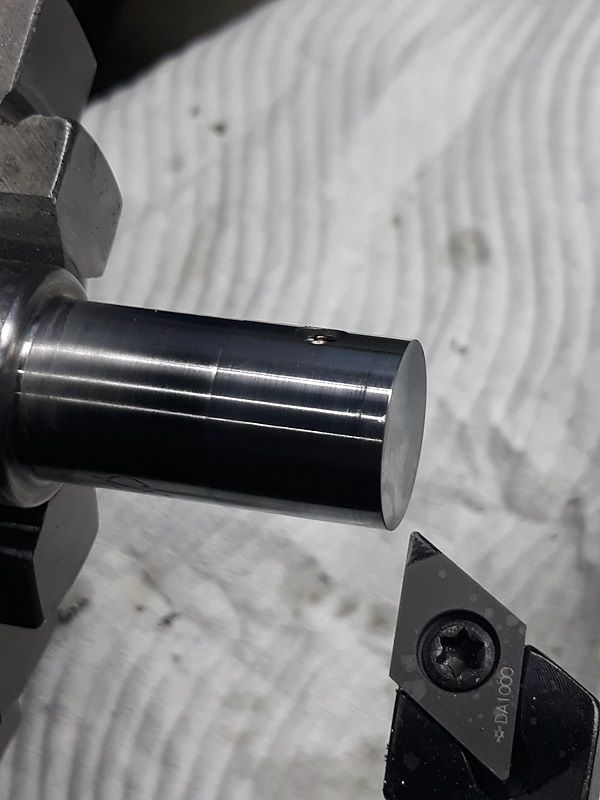The clearances and dimensions being quoted here are those required for full scale diesel fuel injection equipment, (operating , currently 1500 bar and beyond, with Ra of 1 – 2 microinch CLA). To be measured accurately, and consistently, the workpiece and the measuring equipment need to be "soaked" in an environment where temperature and humidity are VERY closely controlled. This is usually the Calibration area within the already closely controlled atmosphere of the Standards Room.
From what I have been told, minute "cuts" with tipped tools are closer to burnishing than cutting. (Look at the tip under high magnification, the edge is relatively blunt)
At the speeds at which these engines are likely to run, leakage will be minimal. Leakage, for a given clearance, is a function of pressure and time. (The pressures will be there, not as high as with F.I.E, but with very little time, even on the two stroke cycle). On full size engines, the fit of the piston rings to the grooves has a great effect on blowby, as does the ring gap. The gap needs to be minimal, but without ring ends butting, to prevent ring breakage and bore damage. Below 3,000 rpm, about 1% of the theoretical 100% volumetric efficiency air intake of the engine, is about as good as you can get, for blowby.
The power decrease noted with lapped piston/bore combinations relative to machined combinations may well be down to increased friction, as the finer finish will result in greater contact areas. (The contact will be on the peaks of the finish, so machined parts will have fewer and narrower peaks, and fluid friction from lubricant will be decreased).
At least with two stroke and glowplug engines you don't have to worry too much about oil control!
Piston attitude will be affected by clearance, a large clearance short skirt piston, with large clearance, will rock more, and so be more prone ring and bore scuffing. Conversely, a close clearance can result in seizure of the top lands, or skirt, depending upon piston shape. (Which is why full scale pistons are oval with barrel shaped profiles, determined by measurement of temperatures at various points along and around the piston)
Sadly, in model sizes, such luxuries are unlikely to be available. So you do the best that you can, and work empirically.
Howard
John Haine.






